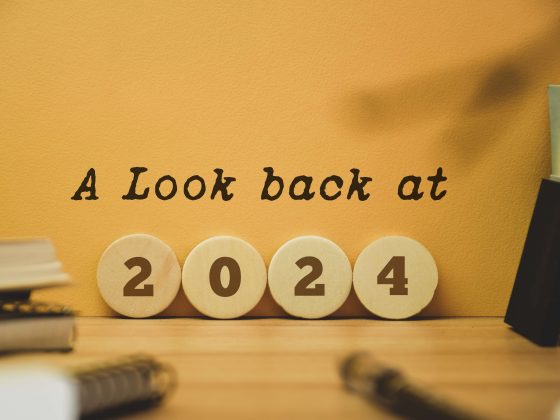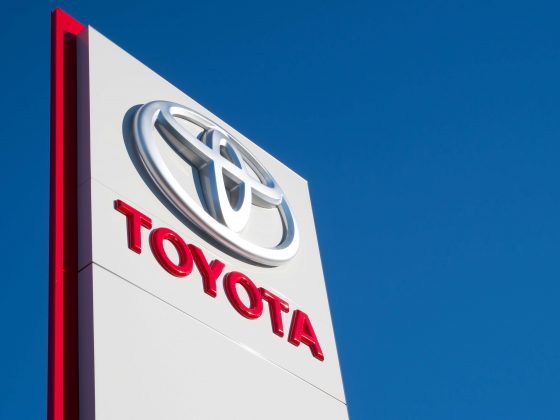What is Vision Zero? This is a question we’ve heard thrown about recently, and seeing as how it is high up on the ladder of importance in the automotive world, we thought we’d explain and explore a bit, as we are known to do here at eTags.
Use eTags© to Quickly Complete Your DMV Service. Renewals, Title Transfers and More, All Online!
Vision Zero was founded in Sweden in 1997. It is a strategy set to completely eliminate all traffic fatalities and severe injuries, and at the same time increase healthy, safe and equitable mobility for everyone. In an ongoing effort to improve and maintain their road safety – which was already commendable – Sweden introduced this program, and effectively cut fatalities in half. Much of Europe followed suit and has since witnessed a steady and significant decline in casualties and injuries.
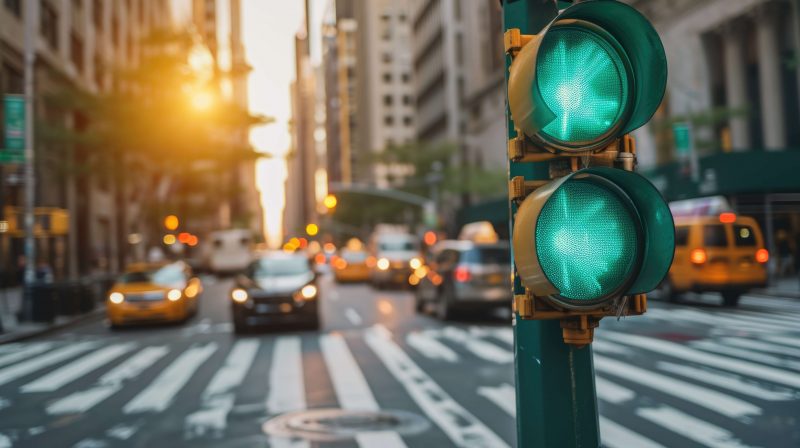
In the United States, on the other hand, there are over 42,000 lives lost to traffic accidents, and thousands more severely injured each year.
Aside from the negative impact this has on communities, there are financial consequences, taxpayer costs, and most importantly, the trauma suffered by victims and their families. The notion of safety – or danger, as it were – faced by pedestrians and cyclists each day also has led to fewer people venturing out for fear of accidents, thus limiting freedom of mobility. And the mere concept of naming these tragedies “accidents” seems to overlook the point the Vision Zero had already clearly proven in Europe: these catastrophes can be avoided.
Rather than considering this appalling statistic as an inevitable part of life, the U.S. has slowly begun to understand that while crashes may be unavoidable, fatality and severe injury can be prevented. By prioritizing traffic safety as a public health issue, by understanding that road systems can be changed and improved, lives can indeed be saved.
Enter Vision Zero: the lofty, yet attainable goal of zero deaths caused by crashes by the year 2050.
In a completely new approach to road safety, this program sees the future in two significantly different manners:
- Humans make mistakes. Crashes happen. But they do not have to lead to tragedy. Road systems and policies can be altered to be certain that these human errors to not lead to injury or fatality. Both the designers of roads and makers of policies can effect changes that can improve roadways. For example, the reimagining of dangerous traffic intersections and the implementation of stricter speed enforcement. These two elements have been shown to decrease the peril of car crashes.
- Everyone is a collaborator. Rather than seeing road safety as a responsibility belonging to one party alone – such as policy makers or law enforcement – Vision Zero demonstrates that it is a multi-disciplinary imperative. Because there are many factors that contribute to road safety and the future of zero, there must be involvement from traffic planners, engineers, policy makers, and public health officials. Speed limits, technology, and behavior, for example, all must be considered.
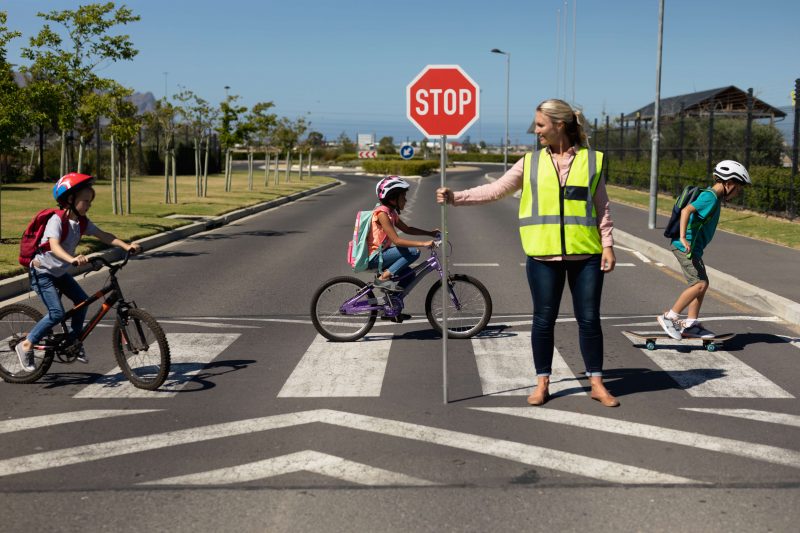 Viewing Vision Zero as a collaboration, the approach incorporates all parties in an ongoing cycle of accountability. System planners and policy makers would be responsible for prioritizing safety in road design, reimagining streets and intersections in a way that allows drivers, pedestrians, motorcyclists, and cyclists to move safely and confidently.
Viewing Vision Zero as a collaboration, the approach incorporates all parties in an ongoing cycle of accountability. System planners and policy makers would be responsible for prioritizing safety in road design, reimagining streets and intersections in a way that allows drivers, pedestrians, motorcyclists, and cyclists to move safely and confidently.
Individual road users would have to accept the charge to conduct themselves in a manner that follows the rules, policies, and laws put into effect for the safety of all. Meaning, drivers adhere to speed limits, pedestrians stick to crossing signals; all lives being equal, to consider that his or her actions will impact all lives in the vicinity.
Keeping in mind human error, if road users do make a mistake, that the designs and policies in place ensure that this does not lead to severe injury or fatality. Both road design and policies would be constantly analyzed to determine if any improvements need be implemented.
The commitment to Vision Zero requires that cities who adopt the vision will adhere to the following strategies:
- Creating and sustaining leadership, collaboration, and accountability across all participants – meaning, everyone.
- Utilizing collected data to analyze and understand trends and impacts of traffic fatalities.
- Making community engagement and equity a priority.
- Setting speed limits to safe and manageable levels.
- Fixing a set timeline for the achievement of zero traffic deaths and severe injury, thereby engendering a sense of urgency, commitment, and transparency across all progress and challenges.
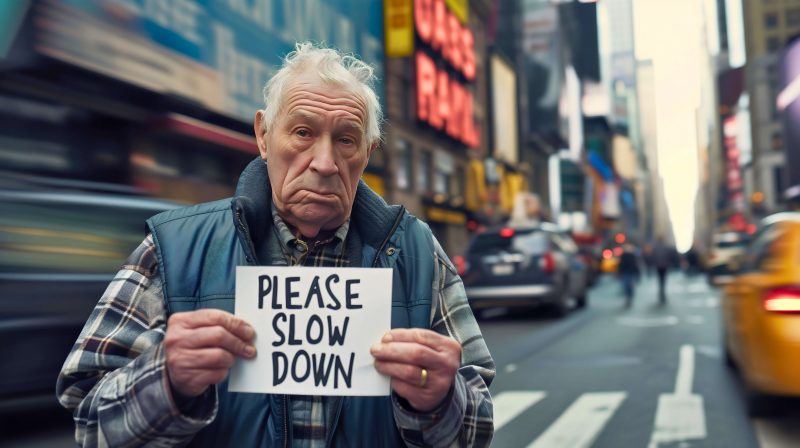 New York City was the first city in America to implement Vision Zero back in 2014.
New York City was the first city in America to implement Vision Zero back in 2014.
Slowly, the United States has climbed on board with what has been a very successful and lifesaving venture in Europe. At the moment there are over fifty cities across the country that have adopted Vision Zero, with the results looking very promising in certain areas.
As a result, the last ten years have shown a 29% reduction in pedestrian fatalities, and a 16% reduction in overall fatalities. The city has also seen a huge surge bicycling, which means fewer people driving cars and a greater element of trust on the part of the cyclists in their own safety.
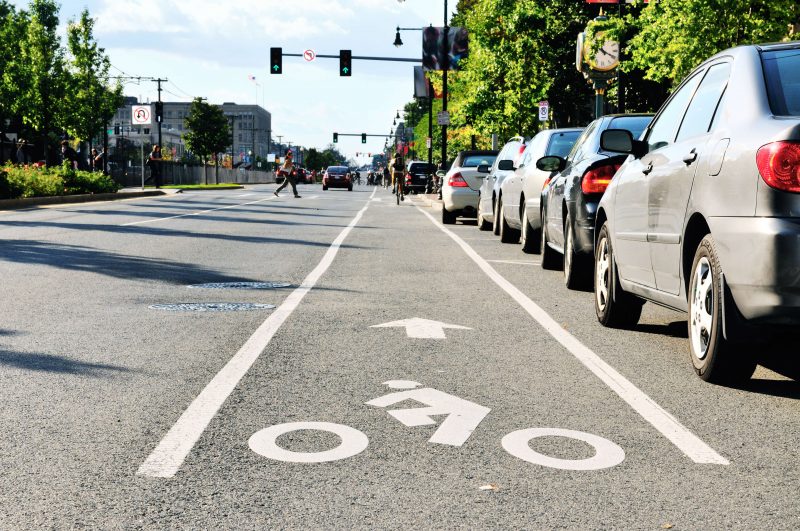
Another city that has seen wild success overall with Vision Zero is Jersey City. Since making the recommended changes to traffic and street design, the city went a full year with zero fatalities. Zero! Jersey City is joined in this accomplishment by Hoboken, NJ and Edina, Minn as also reporting zero fatalities after adopting Vision Zero.
While not all cities have been met with such remarkable changes, the Vision has proven itself to be effective when considered and used properly. With cooperation needed across the board from local residents, drivers, pedestrians, lawmakers and governments, change has come slowly to a country the size of the United States. But with the example of Europe’s achievement and the strides made by New York and other cities, we know that Zero is a realistic and attainable number.
For more information on how to help your community reach the goal of Vision Zero, head over to the U.S. DOT Federal Highway Administration’s site for technical resources and support.





